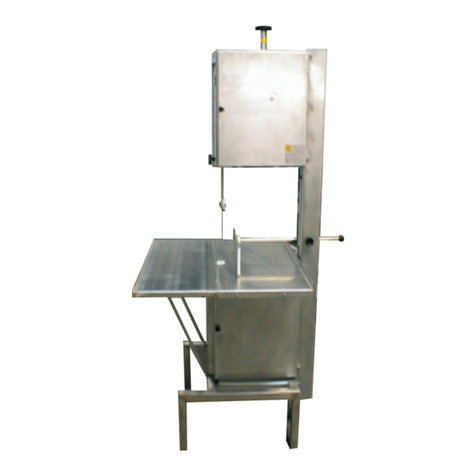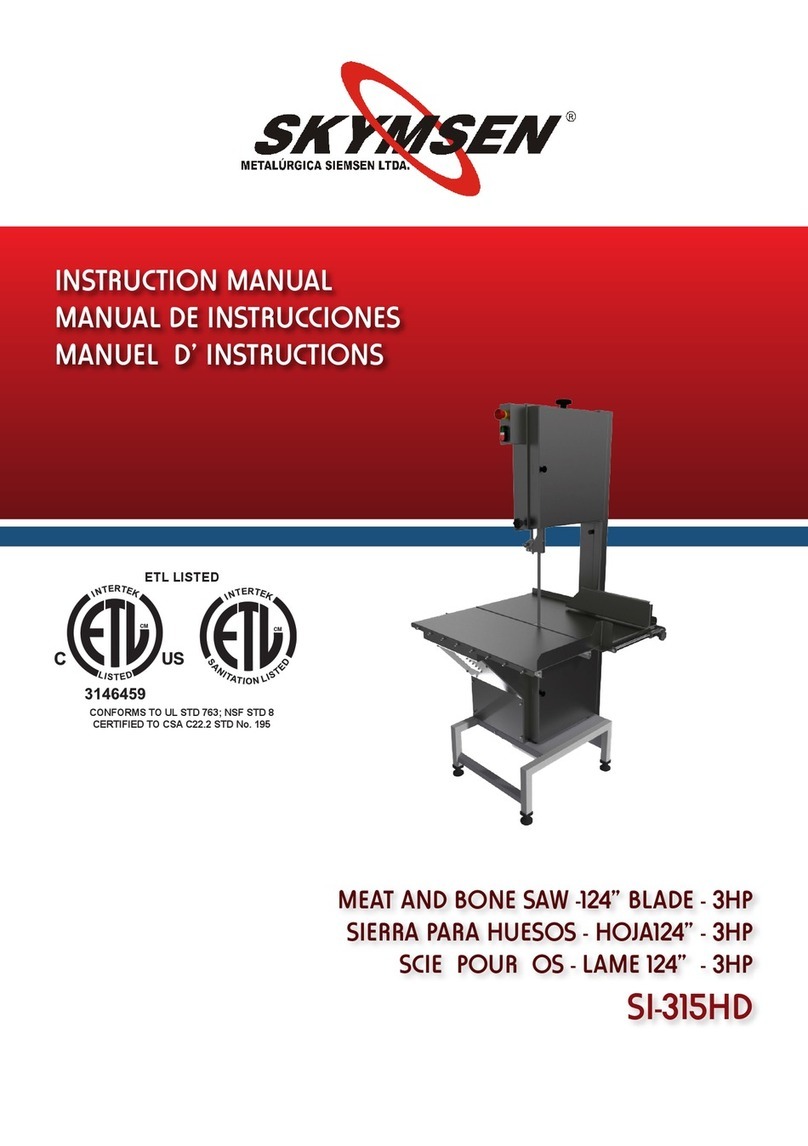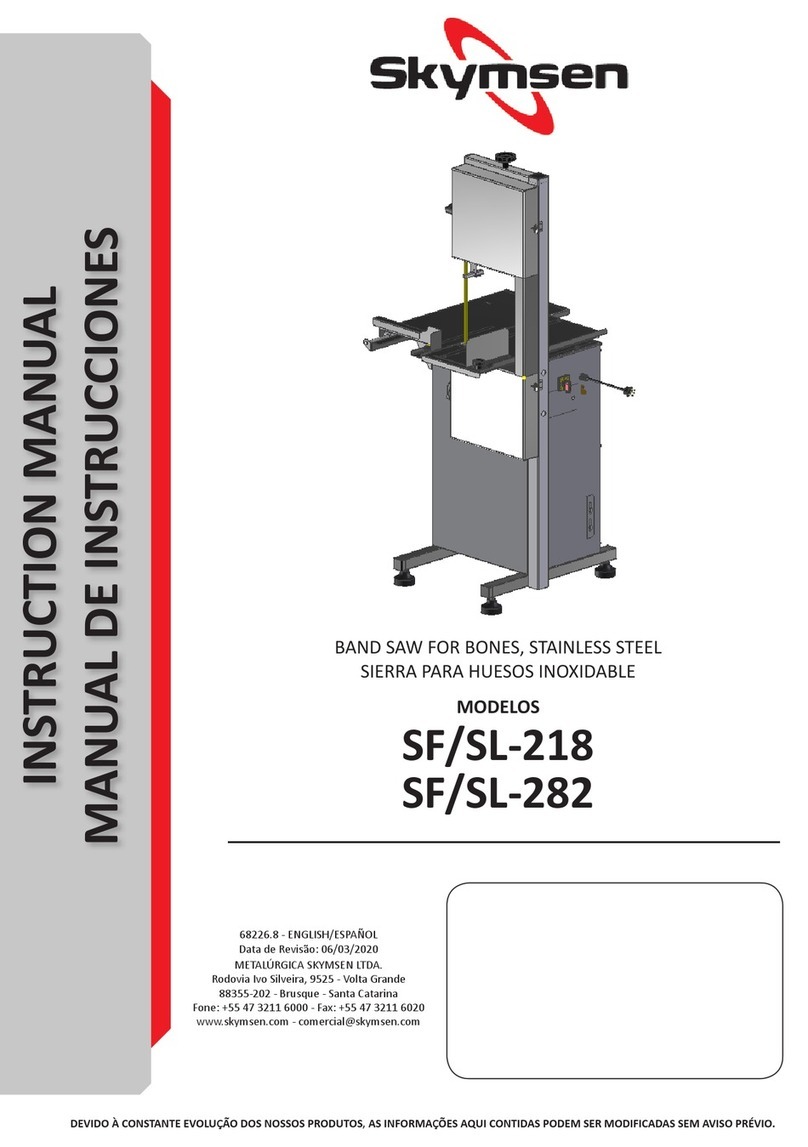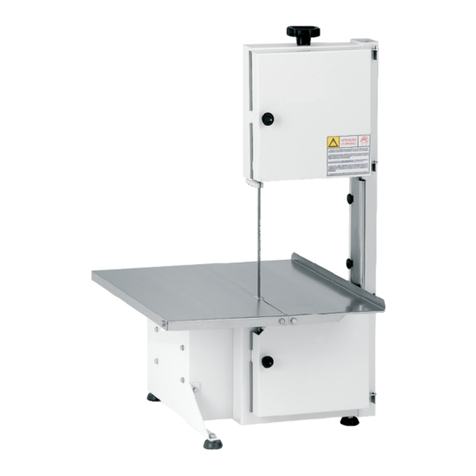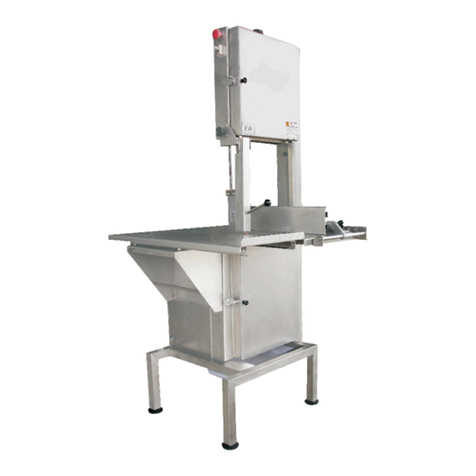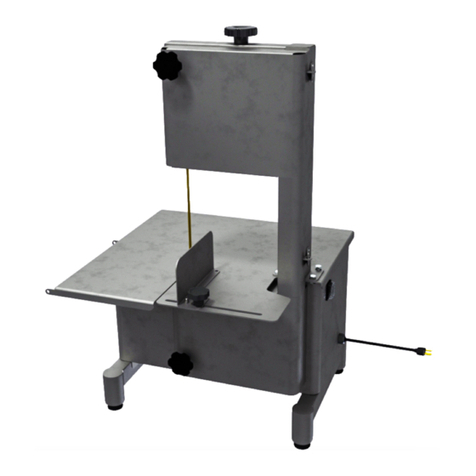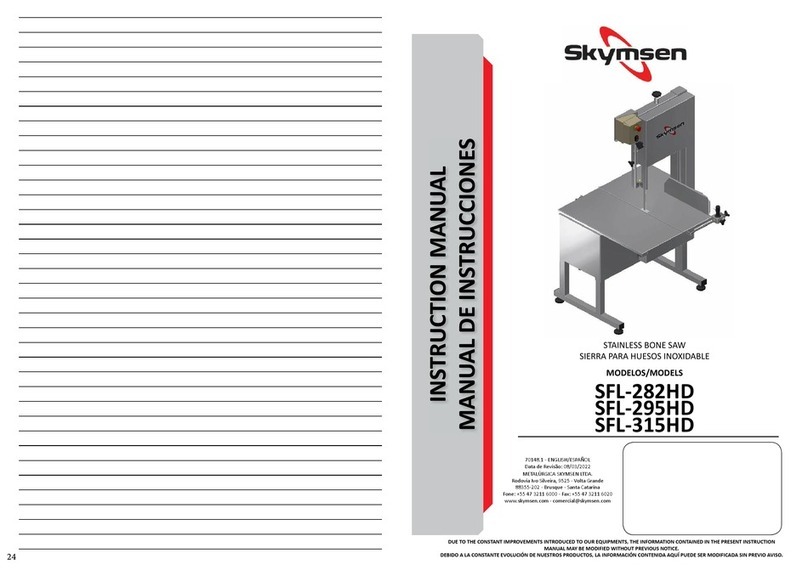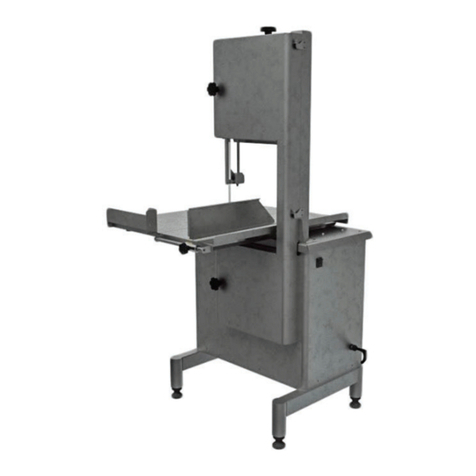
2
SUMMARY
1. Introducon ...................................................................................... 3
1.1 Safety .................................................................................................................... 3
1.2 Main Components ................................................................................................ 5
1.3 Technical Characteriscs ........................................................................................ 6
2. Installaon and pre Operaon .......................................................... 6
2.1 Installaon ............................................................................................................ 6
2.2 Pre Operaon ........................................................................................................ 7
3. Operaon .......................................................................................... 7
3.1 Starng ................................................................................................................. 7
3.2 Operang Process.................................................................................................. 8
3.3 Cleaning And Sanizaon ..................................................................................... 9
3.4 Cauons With Stainles Steel .................................................................................16
4. General Safety Pracces .................................................................. 17
4.1 Basic Operaon Pracces......................................................................................17
4.2 Safety Procedures and Notes Before Switching the Machine On............................18
4.3 Roune Inspecon................................................................................................19
4.4 Operaon .............................................................................................................19
4.5 Aer Finishing The Work ......................................................................................19
4.6 Maintenance ........................................................................................................20
4.7 Warning ...............................................................................................................20
5. Problems Analysis And Soluons ..................................................... 20
5.1 Problems, Causes And Soluons ...........................................................................20
6. Maintenance ................................................................................... 22
7. Electric Diagram .............................................................................. 23
